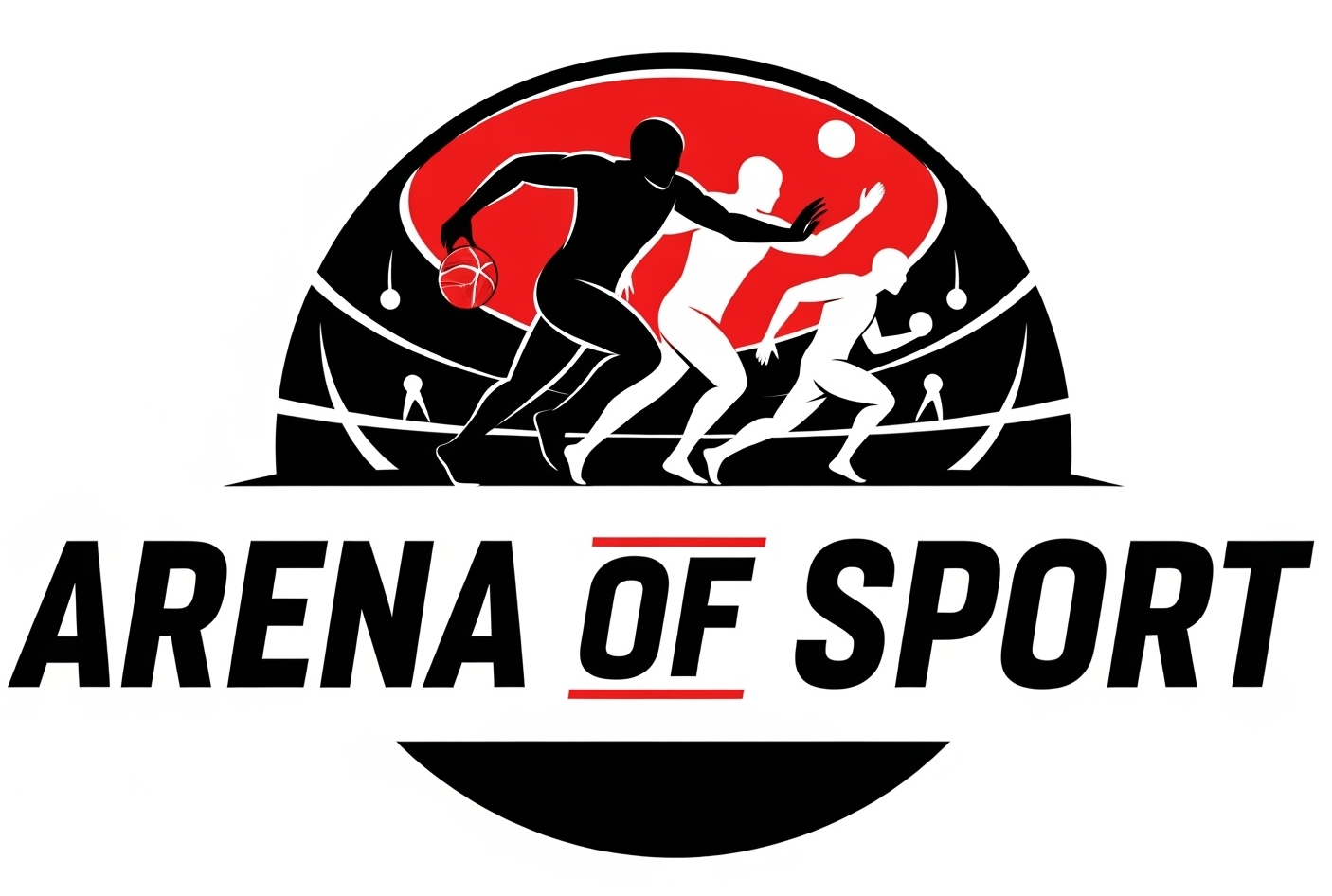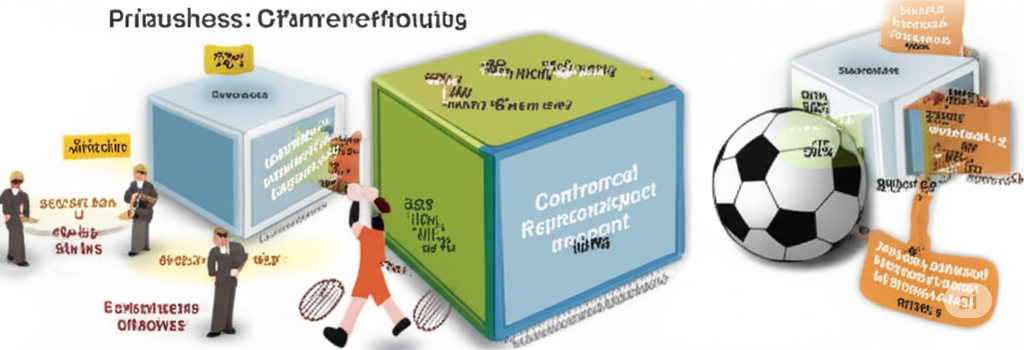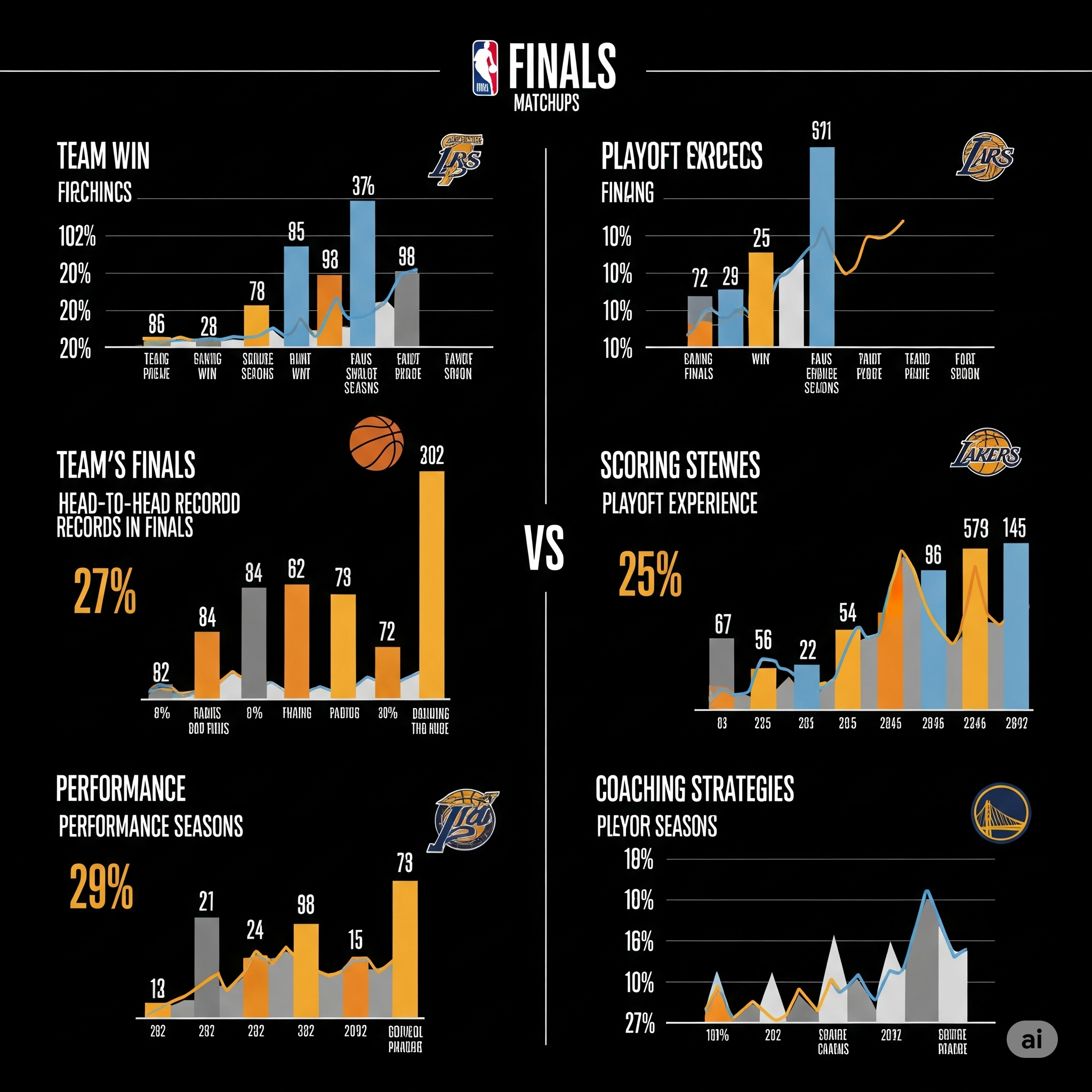Here’s a number that’ll make your head spin: Michael Jordan earned more money from Nike in 2022 than he made during his entire 15-year NBA career. The Jordan Brand generated $5.1 billion in revenue, paying MJ a royalty check worth over $250 million. For shoes. That he hasn’t promoted actively in decades. This isn’t just business — it’s economic alchemy, transforming athletic achievement into perpetual money machines. Modern sports sponsorships have evolved far beyond athletes wearing company logos. They’re sophisticated partnerships that create cultural movements, shift consumer behavior, and generate returns that make traditional advertising look like pocket change. Understanding sports sponsorships today means decoding a complex ecosystem where billion-dollar brands bet on human performance, emotion, and the unpredictable magic that happens when sports meets commerce.
The billion-dollar handshake — how Nike’s Jordan deal revolutionized athlete marketing forever
In 1984, Michael Jordan was a promising rookie who preferred Adidas. Nike was a running shoe company desperate for basketball credibility. What happened next changed everything. Nike offered Jordan something unprecedented: his own signature shoe line, company stock, and a percentage of revenues. It was considered insane at the time. Today, it’s the template for every major athlete endorsement deal.
The anatomy of a game-changing deal
Nike’s Jordan contract wasn’t just about money — it was about partnership. Instead of paying Jordan to wear their shoes, Nike made him a business partner. The five-year deal included $500,000 annually, Nike stock, and most importantly, his own signature shoe line. When Air Jordans launched, they generated $126 million in revenue in the first year alone.
Why the Jordan model became the industry standard
The Jordan deal proved that athletes could transcend their sports to become lifestyle brands. Jordan wasn’t just a basketball player; he became a cultural icon whose influence extended to fashion, music, and youth culture. This realization shifted sports marketing from product endorsement to brand partnership, creating the modern celebrity endorsement ecosystem.
The compound effect of successful athlete partnerships
Jordan’s deal with Nike has generated over $19 billion in revenue since 1984. The athlete receives royalties on every sale, creating passive income streams that dwarf active playing salaries. This model inspired similar partnerships across sports, from LeBron’s lifetime Nike deal worth over $1 billion to Cristiano Ronaldo’s lifetime contract with Nike.
Beyond logo placement — the psychology of brand association in modern sports sponsorship
Modern sponsorships aren’t about visibility; they’re about emotional connection. Brands don’t just want their logos seen — they want their values associated with athletic achievement, determination, and success. This psychological component drives consumer behavior in ways that traditional advertising cannot match.
The neuroscience of sports-brand emotional bonding
When fans watch their favorite athletes, their brains release dopamine and oxytocin — the same chemicals associated with personal relationships. Brands that align with beloved athletes literally become part of fans’ emotional experiences. This neurochemical bonding creates brand loyalty that survives product failures, scandals, and competitive alternatives.
Authenticity versus commercial calculation
The most successful sponsorships feel authentic rather than transactional. Serena Williams’ partnership with Nike works because both represent breaking barriers and challenging conventions. Tiger Woods’ relationship with Nike survived personal scandals because the athletic excellence remained genuine. Fans can detect inauthentic partnerships, which often backfire spectacularly.
Cultural alignment as competitive advantage
Brands increasingly seek athletes whose personal values align with company messaging. Nike’s support of Colin Kaepernick during the NFL kneeling controversy was commercially risky but culturally consistent with Nike’s “Just Do It” messaging about standing up for beliefs. The campaign generated short-term backlash but long-term brand loyalty among younger consumers.
Naming rights gold rush — when stadiums became corporate billboards worth hundreds of millions
Stadium naming rights represent the ultimate brand visibility play. For decades, venues carried historic names — Yankee Stadium, Madison Square Garden, Fenway Park. Then corporations discovered they could buy permanent brand placement in front of millions of fans annually.
The naming rights market exploded when companies realized stadiums offered unparalleled brand exposure. Unlike traditional advertising, naming rights provide constant visibility throughout multi-decade deals, creating brand associations that become part of sports history.
The economics of arena branding deals
- Long-term value creation: 20-30 year deals provide predictable brand exposure costs
- Media amplification: TV broadcasts, news coverage, and social media multiply naming rights visibility
- Geographic targeting: Local and regional brand building through community venue association
- Corporate hospitality: Naming rights often include premium seating and entertainment packages
- Cross-promotional opportunities: Integrated marketing campaigns leveraging venue partnerships
- Legacy brand building: Becoming part of sports history through venue association
MetLife paid $400 million for 25-year naming rights to the Giants and Jets stadium, calculating that the brand exposure value exceeded traditional advertising costs by significant margins.
When naming rights deals go wrong
Not all naming rights partnerships succeed. Enron Field became Minute Maid Park after the energy company’s bankruptcy scandal. Companies must consider reputational risks when attaching their names to venues, as negative associations can damage brand equity for decades.
Social media sponsorships — how Instagram athletes became more valuable than TV commercials
Social media transformed athlete marketing by creating direct fan relationships. Athletes no longer need traditional media gatekeepers to reach audiences. Instagram posts, TikTok videos, and Twitter interactions generate engagement rates that television commercials cannot match.
The micro-influencer athlete revolution
Athletes with smaller followings often generate higher engagement rates than superstars because their audiences feel more personal connections. A marathon runner with 50,000 engaged followers might be more valuable to running brands than a basketball star with 10 million passive followers.
Content creation as athlete skill requirement
Modern athletes must be content creators, photographers, and brand ambassadors. Their social media presence directly impacts earning potential. Athletes hire social media managers, photographers, and content strategists to maximize their online influence and sponsorship opportunities.
Measuring social media ROI for sports brands
- Engagement rate analysis: Comments, shares, and interactions per post
- Conversion tracking: Direct sales attribution from athlete social media content
- Brand sentiment monitoring: How athlete partnerships affect overall brand perception
Social media sponsorships offer measurable results that traditional sports marketing couldn’t provide, making them increasingly attractive to brands seeking accountable marketing investments.
Activation strategies that actually work — turning sponsorship dollars into measurable ROI
Smart sponsors don’t just write checks and hope for the best. They create integrated campaigns that leverage athlete partnerships across multiple touchpoints, generating measurable business results rather than just brand awareness.
The dark side of sports sponsorships — conflicts, controversies, and ethical dilemmas
Sports sponsorships aren’t always positive. Tobacco companies once dominated racing sponsorships. Gambling partnerships raise addiction concerns. Energy drink companies target young athletes with potentially harmful products. The intersection of commerce and sports creates ethical dilemmas that affect athlete welfare and public health.
Future of sports marketing — virtual reality, cryptocurrency, and the next frontier
The future of sports sponsorships will be shaped by emerging technologies and changing consumer behaviors. Virtual reality offers immersive brand experiences. Cryptocurrency creates new payment and fan engagement models. NFTs provide unique collectible opportunities. Brands that understand these trends will gain competitive advantages in tomorrow’s sports marketing landscape.




